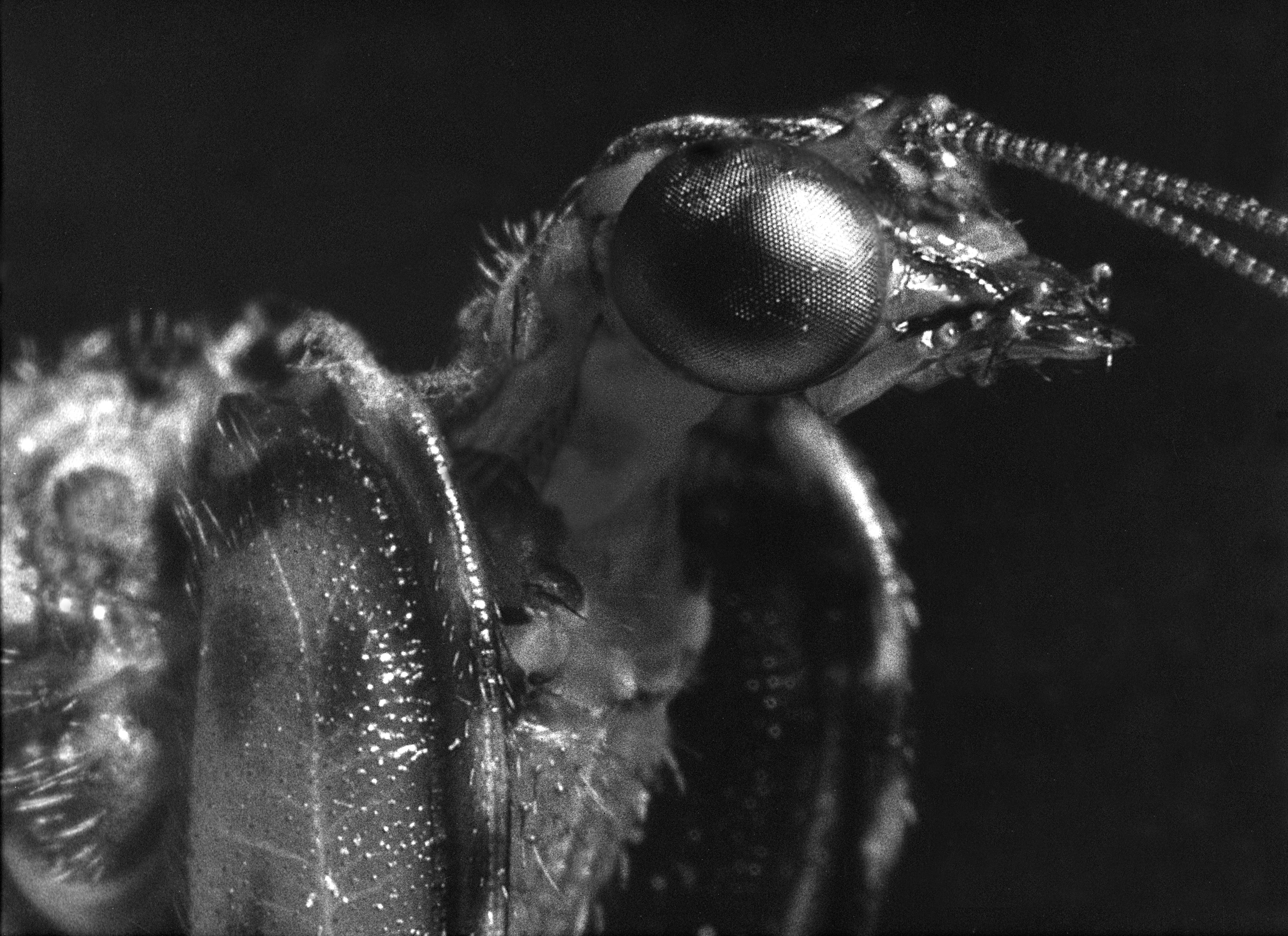|
Sinuijumantispa
''Sinuijumantispa'' is an extinct genus of Mantispidae, mantidflies from the Early Cretaceous Sinuiju Formation in North Korea. References {{Taxonbar, from=Q111181242 Mantispidae Prehistoric insect genera Fossil taxa described in 2022 ... [...More Info...] [...Related Items...] OR: [Wikipedia] [Google] [Baidu] |
Sinuiju Formation
The Sinuiju Formation is a geologic formation in North Korea. Formerly of uncertain age, it is now thought to be Early Cretaceous. Dinosaur remains diagnostic to the genus level are among the fossils that have been recovered from the formation.Weishampel, et al. (2004). "Dinosaur distribution." Pp. 517-607. Compression fossils of insects are also known from the formation. Several bird fossils are found in this formation, including a very large enantiornithine specimen with a long tibia and a long pygostyle. Amphibian fossils, including frogs and lissamphibians, have also been found here. Fossil content Fish * ''Lycoptera'' sp. * Acipenseriformes indet. Amphibians * Anuran (a frog, might be referred to ''Liaobatrachus grabaui''). Pterosaurs * Anurognathidae indet. Birds * Confuciusornithidae indet. (known colloquially as the ''Archaeopteryx'' of Korea) * Enantiornithes indet. * Ornithurae indet. Insects [...More Info...] [...Related Items...] OR: [Wikipedia] [Google] [Baidu] |
Mantispidae
Mantispidae, known commonly as mantidflies, mantispids, mantid lacewings, mantisflies or mantis-flies, is a family of small to moderate-sized insects in the order Neuroptera. There are many genera with around 400 species worldwide, especially in the tropics and subtropics. Only 5 species of '' Mantispa'' occur in Europe. As their names suggest, members of the group possess raptorial forelimbs similar to those of praying mantis, a case of convergent evolution. Description and ecology About long and with a wingspan of , some mantidflies such as '' Climaciella brunnea'', '' Euclimacia nodosa'' are wasp mimics, but most are brownish with green, yellow and sometimes red hues. The vernacular and scientific names are derived from their mantis-like appearance, as their spiny " raptorial" front legs are modified to catch small insect prey and are very similar to the front legs of mantids (the only difference is that the pincers lack footpads and are not used for walking at all). ... [...More Info...] [...Related Items...] OR: [Wikipedia] [Google] [Baidu] |
Prehistoric Insect Genera
Prehistory, also known as pre-literary history, is the period of human history between the use of the first stone tools by hominins 3.3 million years ago and the beginning of recorded history with the invention of writing systems. The use of symbols, marks, and images appears very early among humans, but the earliest known writing systems appeared 5000 years ago. It took thousands of years for writing systems to be widely adopted, with writing spreading to almost all cultures by the 19th century. The end of prehistory therefore came at very different times in different places, and the term is less often used in discussing societies where prehistory ended relatively recently. In the early Bronze Age, Sumer in Mesopotamia, the Indus Valley Civilisation, and ancient Egypt were the first civilizations to develop their own scripts and to keep historical records, with their neighbors following. Most other civilizations reached the end of prehistory during the following Iron Age. ... [...More Info...] [...Related Items...] OR: [Wikipedia] [Google] [Baidu] |

